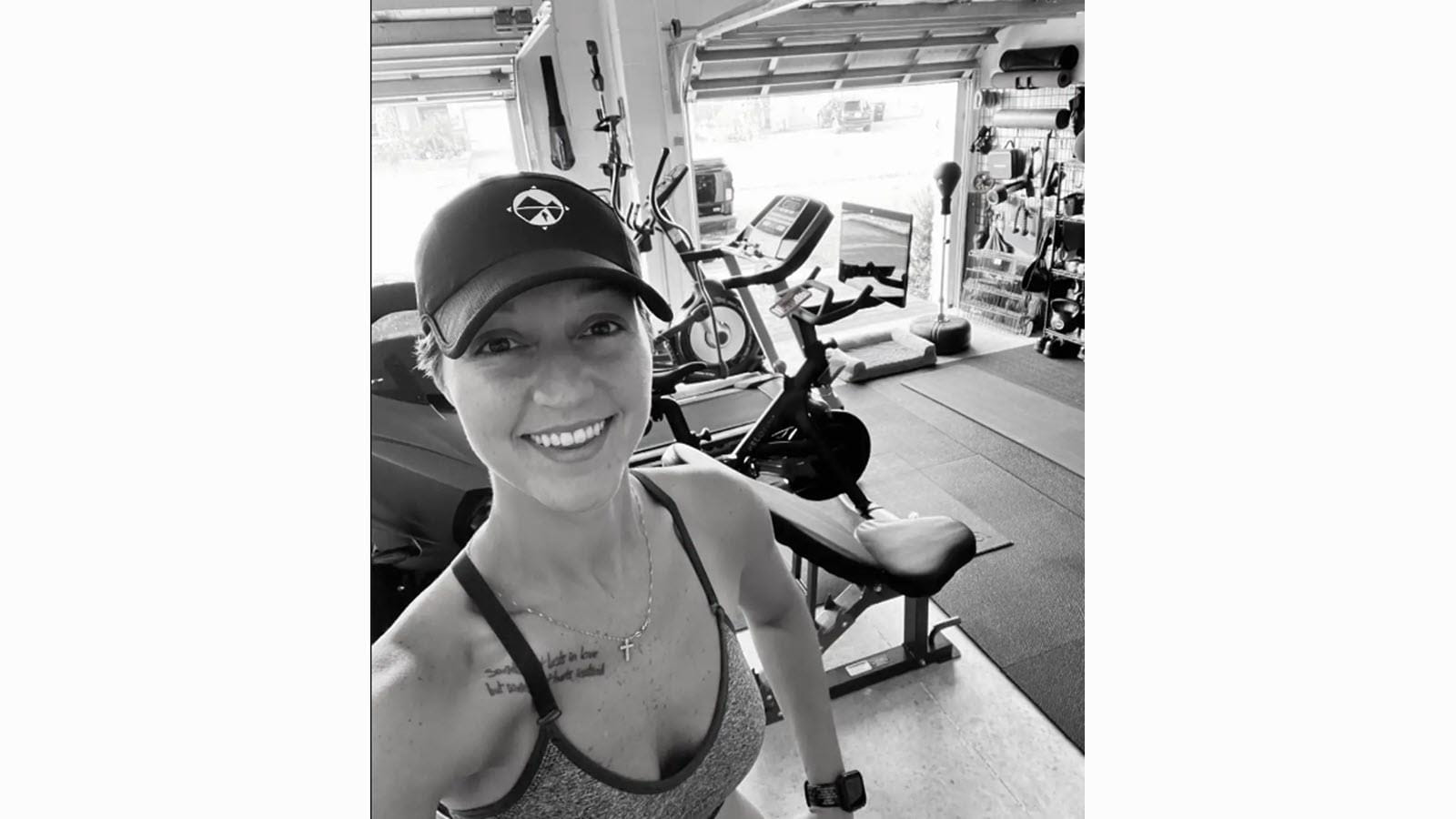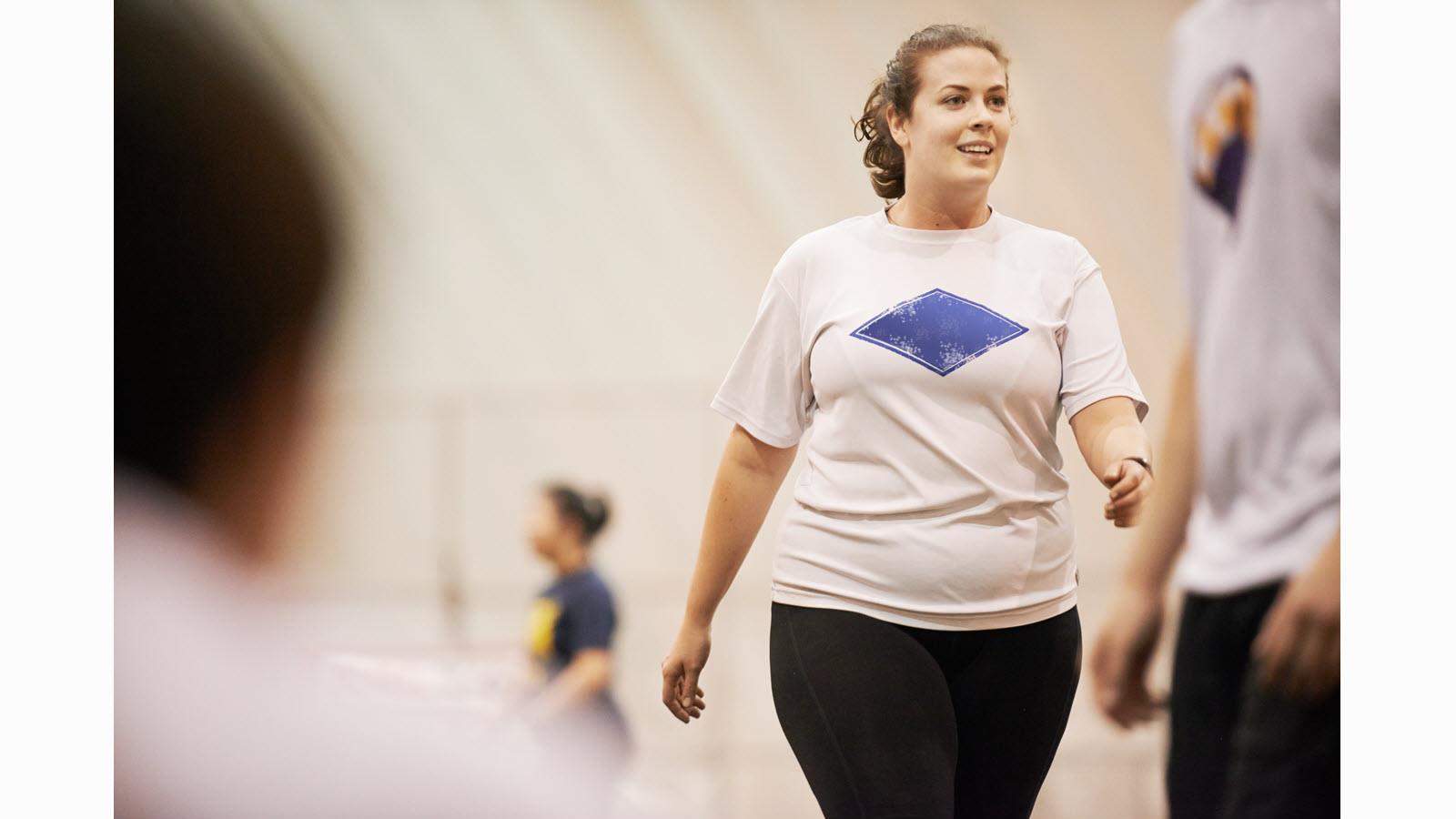Establishing a regular workout routine for yourself is a little like cracking a code. How do you find a physical activity that’s right for you, something that’s feasible to do several days a week and that you like enough to keep doing? Beginning a routine of regular exercise can be extra challenging if you’re also managing a rare or serious illness.
Step one is always to check with your doctor, who can give you advice specific to your health condition.
Hear what several experts recommend when you’re ready to take that important first step.

Erica Fritz Eannucci, Physical Therapist at the Hospital for Special Surgery in New York
Eannucci says that because small changes are easiest to integrate into your lifestyle, begin with just one or two short workouts a week. But ultimately, she says, the goal is to meet the American Heart Association’s recommendation of at least “150 minutes per week of moderate-intensity aerobic activity.”
Here’s how to start safely, she says.
Be mindful of exercise form. If you are unsure of how to perform an exercise, don’t hesitate to schedule a session with a personal trainer, physical therapist or other exercise instructor for guidance. Proper form is critical to get the most out of your exercises and to prevent injuries.
People tend to get hurt when they do too much, too soon. I recommend that people become familiar with the Borg Rating of Perceived Exertion Scale (PRE). The scale ranges from 6 to 20, with 6 being “no exertion” and 20 being “maximum exertion.” Aim to be between a 12-16 rating when performing moderate exercise.
The body doesn’t become stronger overnight, so look at your progress across weeks and months. If you expect to see progress day by day, you might not notice a big difference, which can be frustrating. Keep a weekly “ta da” journal celebrating your achievements. When you look back later, you’ll be proud to see that now you can do even more.
Don’t be afraid to try new things. If you don’t enjoy going out for walks, try bicycling, or swimming or a group exercise class. Exercise should be an enjoyable part of your routine, and not feel like an obligation.

Chelsea Young, a Registered Nurse and Certified Personal Trainer
Young, founder and owner of PITYFitness, says you should start by determining your tolerance: “Do you have the energy to work out twice a week, three times, four? Do you need longer rest periods or active recovery days?”
Carefully exploring your limits, and adhering to them, will prevent you from overworking yourself, she said.
To help with fatigue when working out, reduce the number of sets and reps and learn how much rest time you need in between. Another modification you can incorporate is allowing two active recovery days and a full rest day. Your health care team can offer advice more specific advice about rest time that’s best for your condition. As your tolerance progresses, and with your doctor’s OK, you can increase weights, as well as reps or sets.

Dr. Melissa Geraghty, a Clinical Health Psychologist based in Illinois
A rare disease patient herself, Geraghty emphasized how important it is to consult with your medical team before starting any exercise routine. Health care professionals who are familiar with your condition are in the best position to help you design a plan based on your situation, she said.
Here are her tips:
Start slow and low. This might mean starting with a five-minute slow walk. It will all depend on the person, but it is best to start with low-impact exercises such as stretching and walking. It’s important to listen to our bodies and adjust as needed. Maybe it turns out a five-minute walk to start is too much, but a three-minute walk is doable.
Seek guidance from a physical therapist who specializes in chronic illness. Many trainers are taught to work with people who perhaps have an acute injury or routinely work out at higher levels. A trainer may not be the best for a person with chronic illness as they may push too hard and not understand the intricacies of that person’s needs.
Exercise is a process and it doesn’t require a certain destination. This means that as people with chronic illness, we will have to adjust. There will be times when we may not be able to exercise at all, and that’s okay. We do not have to have an end goal in mind.



